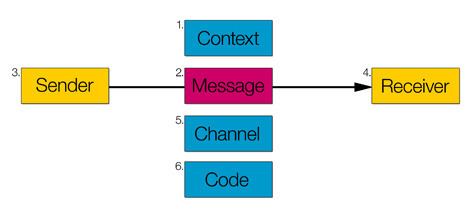Roman Jakobson defined six functions of language (or communication functions), according to which an effective act of verbal communication can be described. Each of the functions has an associated factor. For this work, Jakobson was influenced by Karl Bühler's Organon-Model, to which he added the poetic, phatic and metalingual functions.
1. The Referential Function corresponds to the factor of Context and describes a situation, object or mental state. The descriptive statements of the referential function can consist of both definite descriptions and deictic words, e.g. "The autumn leaves have all fallen now."
2. The Poetic Function focuses on "the message for its own sake" (the code itself, and how it is used) and is the operative function in poetry as well as slogans.
3. The Emotive (alternatively called "Expressive" or "Affective") Function relates to the Addresser (sender) and is best exemplified by interjections and other sound changes that do not alter the denotative meaning of an
utterance but do add information about the Addresser's (speaker's) internal state, e.g. "Wow, what a view!"
4. The Conative Function engages the Addressee (receiver) directly and is best illustrated by vocatives and imperatives, e.g. "Tom! Come inside and eat!"
5. The Phatic Function is language for the sake of interaction and is therefore associated with the Contact/Channel factor. The Phatic Function can be observed in greetings and casual discussions of the weather, particularly with strangers. It also provides the keys to open, maintain, verify or close the communication channel: "Hello?", "Ok?", "Hummm", "Bye"...
6. The Metalingual (alternatively called "Metalinguistic" or "Reflexive") Function is the use of language (what Jakobson calls "Code") to discuss or describe itself.

